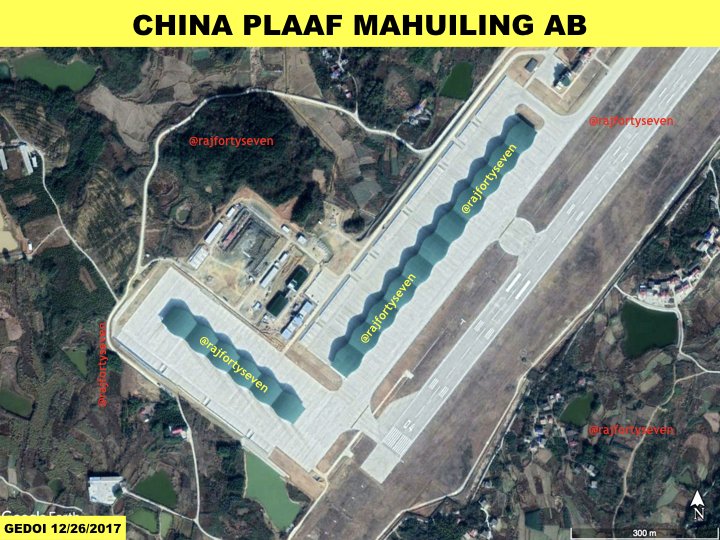SinoSoldier
Colonel
What? When did we ever get indications the KJ-500 had the same radar system as the KJ-2000?
The only thing we know about the KJ-2000's radar is it's made by 14th Institute and is a fixed 3-array AESA.
I'm sure I recall seeing that on Huitong's page a year or two ago.
He currently proposes that: "The radar is the product of the 38th Institute and utilizes the new digital array radar technology. As the result it is as capable as the AESA radar onboad KJ-2000 but lighter and smaller enough to be carried by the Y-9 platform."

